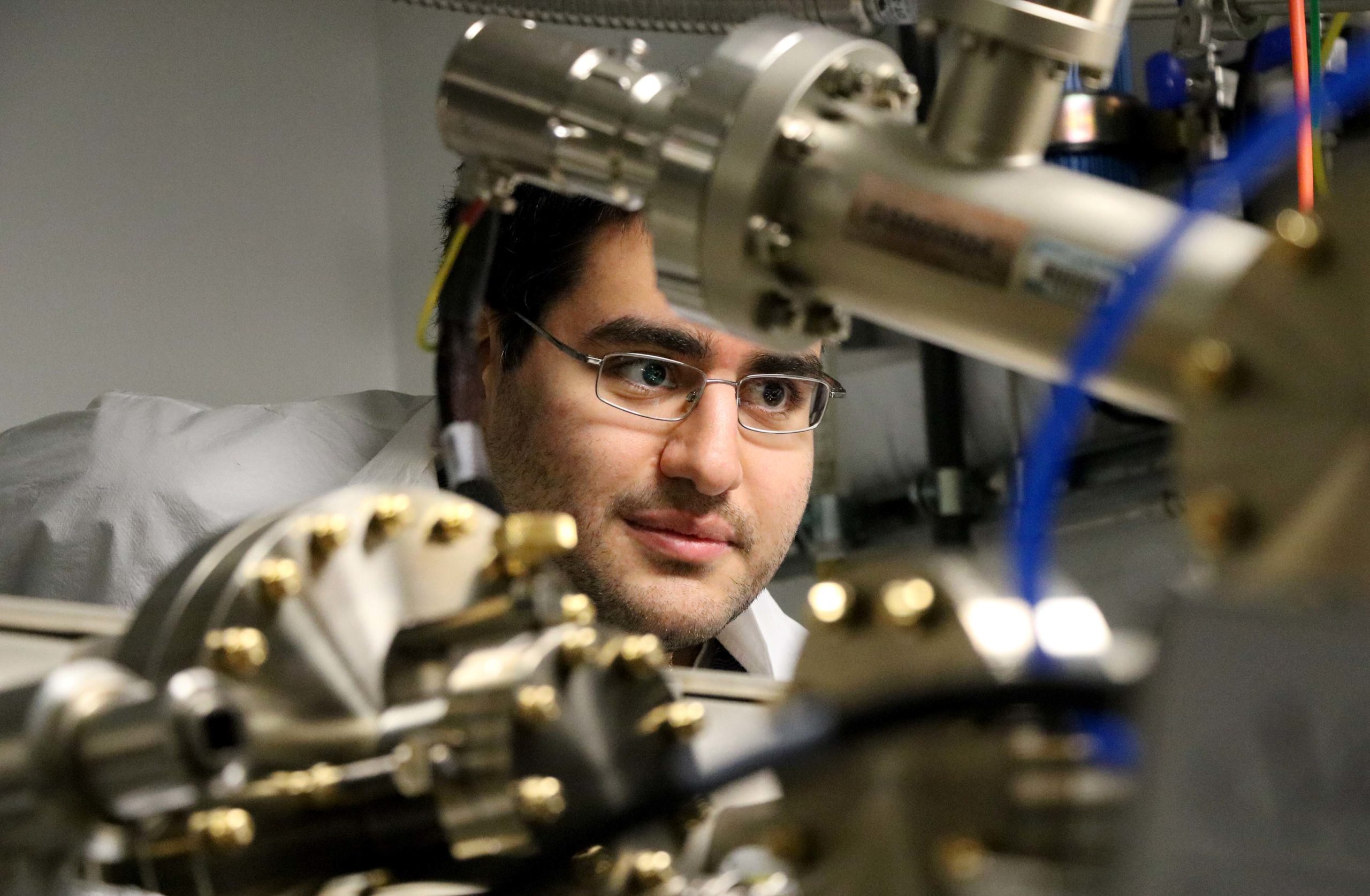Dissertation Defense
Molecular Beam Epitaxy of Wide Bandgap Al(Ga)N and h-BN for Deep-Ultraviolet Optoelectronics
This event is free and open to the publicAdd to Google Calendar

Abstract:
Al-rich AlGaN is required for ultraviolet (UV) light emitting diodes (LEDs) and lasers, solar-blind photodetectors, integrated UV photonics, and high-power electronics. For these applications, it is essential that high-quality Al(Ga)N can be epitaxially grown on foreign lattice-mismatched substrates, which are of lower cost and more widely available. In this work, AlN epilayers with superior structural and optical properties are grown on sapphire by molecular beam epitaxy (MBE). A sequence of in situ high-temperature annealing reduces many of the dislocations within the first 50 nm of growth. Furthermore, a method was developed to precisely control the alloy composition of Al-rich AlGaN epilayers. This work presents important insights into obtaining superior-quality wide-bandgap Al(Ga)N to break the efficiency bottleneck of deep-UV optoelectronics.
Hexagonal boron nitride (h-BN) has shown tremendous promise used alongside other two-dimensional materials, and as a wide-bandgap semiconductor for deep-UV optoelectronics and quantum photonics. AlN/BN nanowire heterojunction LEDs are firstly demonstrated. Using high-temperature MBE, h-BN domains of exceptional crystalline quality were then obtained with strong photoluminescence. It was theoretically and experimentally found that, even though the gap of h-BN is indirect, it luminesces as strongly as direct-gap materials. From there, the first LED with h-BN electroluminescence is achieved.
Chair: Professor Zetian Mi
Remote Access: https://primetime.bluejeans.com/a2m/live-event/dctvrsds
 MENU
MENU 
